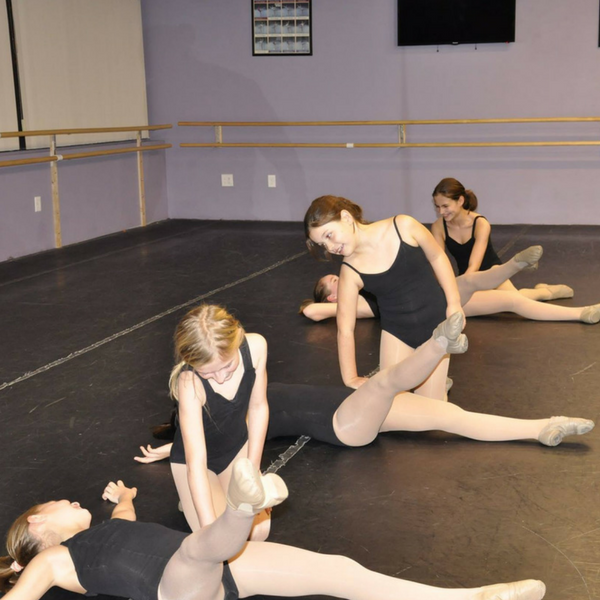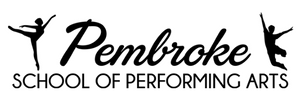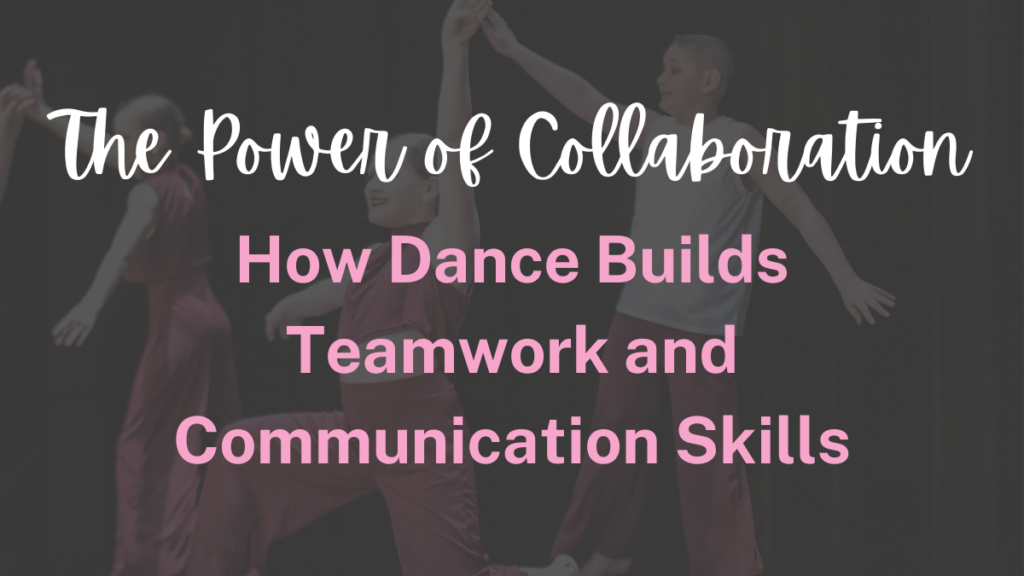In this world where teamwork and effective communication are essential for success, the power of collaboration cannot be underestimated. Beyond trust falls and problem-solving activities; Dance takes teamwork to a whole new level. Beyond its physical benefits and aesthetic appeal, dance offers a unique platform to develop essential teamwork and communication skills.
1. Enhancing Communication Skills – At the heart of every dance performance, communication is key. There are subtle cues in body language, verbal instructions during rehearsal, and dancers must communicate to ensure everyone is on the same page. Through dance, individuals learn to express themselves non-verbally, sharpening their abilities to convey intent and emotions. This heightened awareness of body language and non- verbal cues translates directly to improved communication skills in the workplace and social interactions.
2. Fostering Trust – The level of trust between dance partners or a group is immense. Dancers rely on each other to perform and execute movements smoothly and gracefully. This reliance fosters trust and strengthens bonds between its members. As trust grows, dancers become more open to sharing ideas and taking risks, both of which are crucial components of effective collaboration in any setting.

3. Encouraging Adaptability- In Dance, as in life, things do not always go as planned. Adjustments to choreography may be required and tempos or rhythms may need to change. Learning to adapt and improvise is a valuable skill dancers develop through movement and collaboration. By working together to overcome challenges and find creative solutions, dancers become flexible and resilient individuals. These qualities are highly sought after in the workplace environment.
4. Building Empathy and Awareness– Dance requires an understanding of oneself and of others. Through collaboration, dancers connect with their partners or group members developing a heightened sense of empathy and awareness. They anticipate each other’s movements and responses and support each other’s strengths and weaknesses. This strengthens empathy and awareness and not only improves relationships but carries into other aspects of life, fostering a compassionate and inclusive community.
5. Cultivating leadership – Strong Leadership skills are needed for effective collaboration. Dance provides many opportunities for individuals to step into leadership roles on and off the stage. Whether it’s creating a dance piece, or providing guidance and support, dancers learn to inspire and motivate others through their actions. By cultivating leadership skills in a creative and supportive environment, dance can empower individuals to take on leadership roles with confidence and competence in the workplace.
Dance is so much more than a form of artistic expression. It can be a powerful tool for building teamwork and communication skills. Through trust, communication, adaptability, empathy, and leadership dancers learn to collaborate effectively with others. By embracing the power of collaboration in dance, individuals unlock their full potential and achieve greater success in many areas of life.
Dancing Through Life,
Miss Kathleen

